Hikers Discover a 1,800-Year-old Depiction of a Roman Goddess on Mount Carmel in Israel
A father and son recently stumbled upon a unique ancient Roman artifact while hiking through Israel’s scenic Mount Carmel mountain range, which later garnered the attention of archaeologists.
The item is believed to be around 1,800 years old and bears the inscription of an ancient Roman goddess. Experts later confirmed its authenticity, which could provide valuable insight into the Romans living in the region thousands of years ago.
Mount Carmel, Israel
Located in northern Israel, Mount Carmel is a 24-mile coastal mountain range that extends from the Mediterranean Sea to the southeast part of the nation.
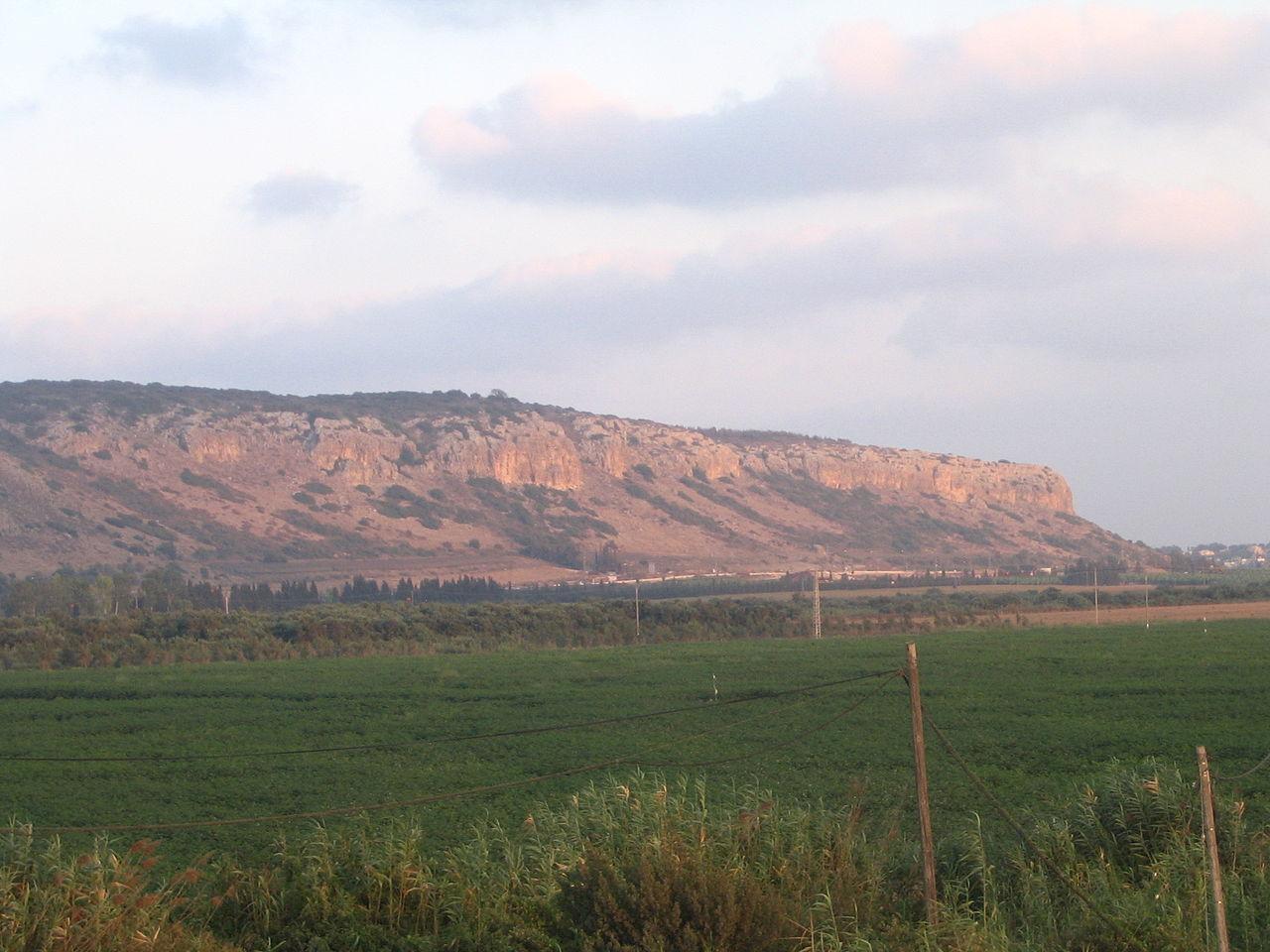
Source: Wikimedia
Revered for its stunning views and lush greenery, it has become a popular tourist spot for hikers who will often spend several hours to a day trekking through one of the most beautiful regions in the nation.
Father and Son Go Hiking in the Israeli Mountains
13-year-old Yair Whiteson was hiking through a portion of Mount Carmel with his father when he noticed an unusual item not far from an ancient quarry.

Source: Freepik
Upon closer inspection, the teenager realized it was a beautiful and well-preserved ring that appeared to be engraved with an image of what Yair surmised was an ancient warrior.
The Discovery of the Ring
Speaking on what led him to the fascinating discovery, Whiteson said, “I am curious about fossils and rocks and love to collect them.”
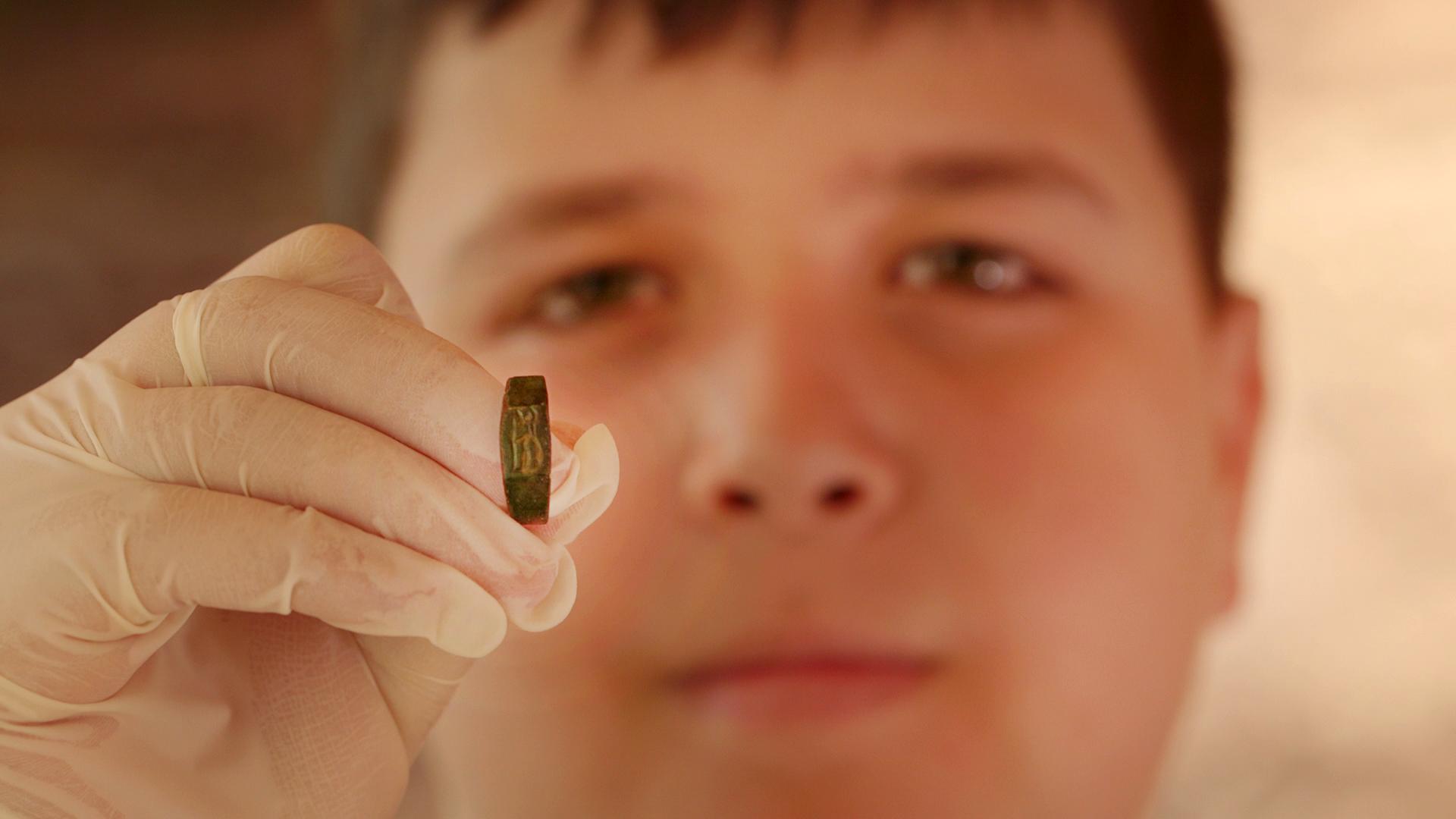
Source: Israel Antiquities Authority
He added, “While hiking, I noticed a small green item and picked it up. It was corroded, and at first, I thought it was just a rusty bolt. I thought about heating it, but then, fortunately, I understood it was a ring.”
Experts Analyze the Ring
Feeling that the item could be of historical significance, Whitseon and his family later shared their discovery with the Israel Antiquities Authority, which, in turn, contacted the National Treasures Department.
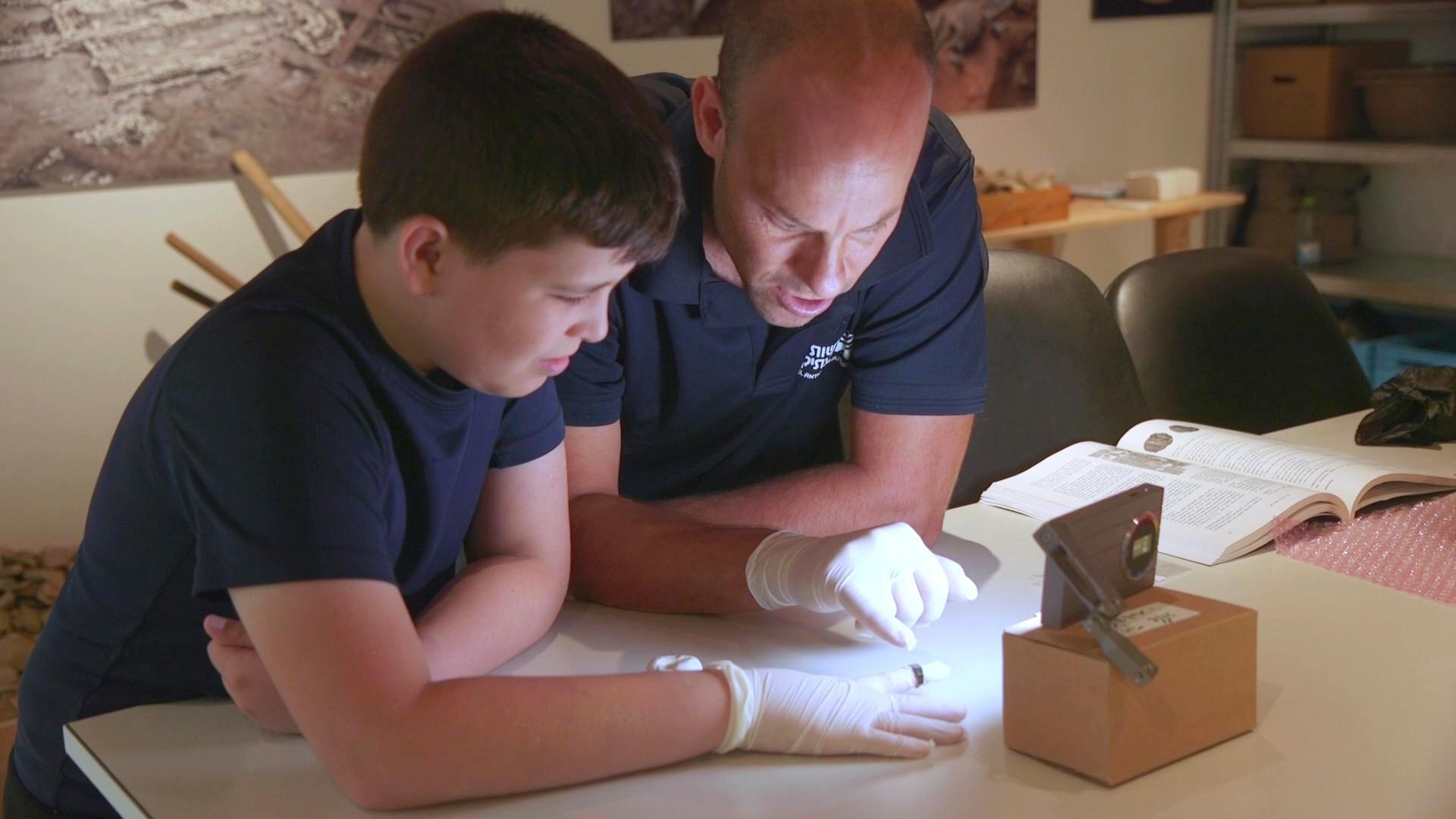
Source: Israel Antiquities Authority
After analyzing the ring, experts surmise it was inscribed with an image of the Roman deity Minerva. They propose the artifact dates to around 200 CE.
The Goddess Minerva
Minerva was a popular goddess throughout the Roman Empire, often depicted as a tall woman with a fairly muscular build. The honored warrior is generally pictured carrying a spear and wearing armor.

Source: Wikimedia
The Roman deity was worshipped at numerous locations in ancient Rome. One temple dedicated to Minerva stood on Esquiline Hill, and another was raised on the seven hills of Rome.
Researchers Are Confident the Ring Depicts Minerva
The artifact was also inspected by Nir Distelfeld, the Israel Antiquities Authority’s Theft Prevention Unit inspector, and Dr. Eitan Klein, the deputy director of the Theft Prevention Unit, who shared their thoughts on the image on the ring.
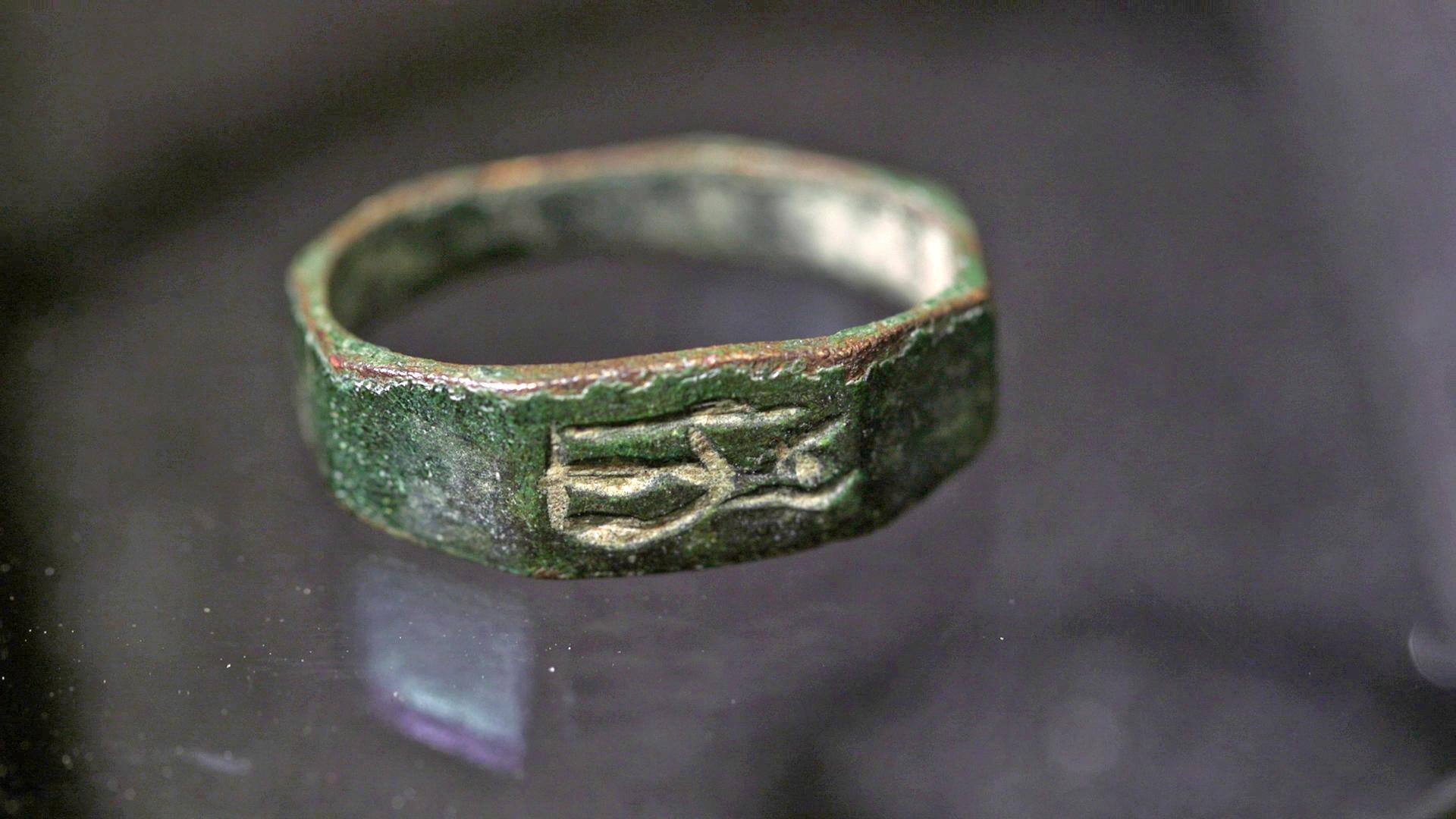
Source: Israel Antiquities Authority
According to the researchers, the image of an unclothed figure wearing nothing but a helmet and carrying a spear in one hand and a shield in the other matches known depictions of Minerva.
Minerva, Known as Athena to the Ancient Greeks
The experts explained that the Roman goddess Minerva had an equivalent in the Greek pantheon, which has long been suspected of being the source of many of the Empire’s deities.
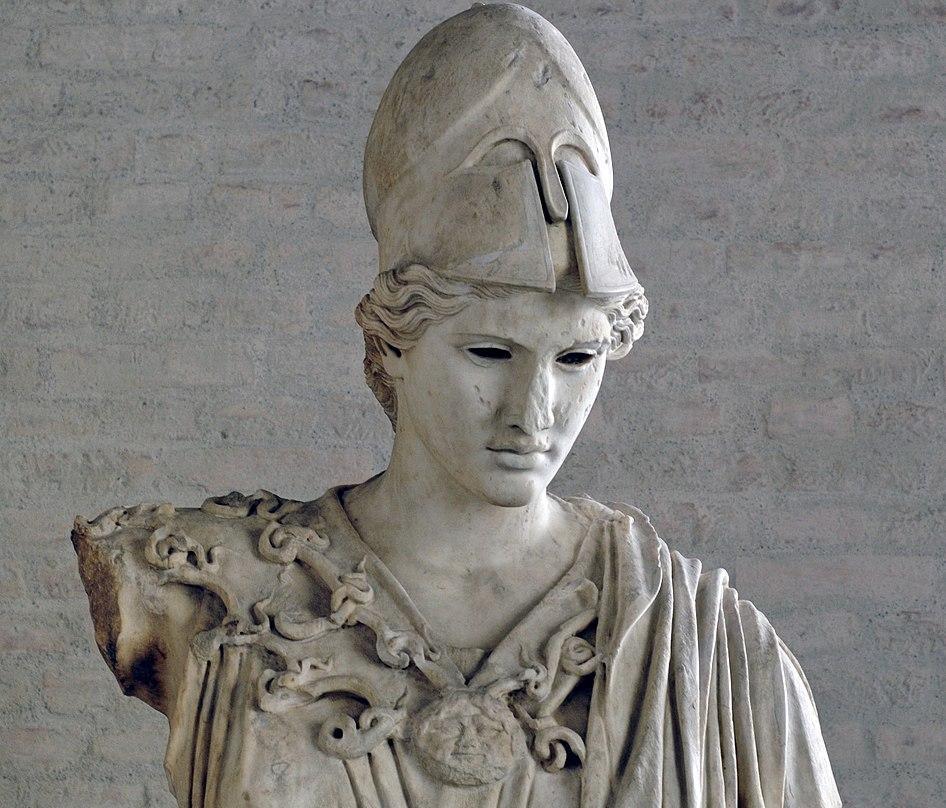
Source: Wikimedia
“Yair’s identification of the figure as a warrior is very close to reality. The figure is – apparently, the goddess Minerva from Roman mythology, known also as Athena in Greek mythology,” they said.
The Popularity of Minerva in the Roman Empire
Distelfeld and Klein further emphasized the deity’s popularity during the height of the Roman Empire.

Source: Wikimedia
“This goddess, who was very popular during the Roman period in the Land of Israel, was considered, among other things, as the goddess of war and military strategy and also as the goddess of wisdom,” said the experts.
Roman Ring Dates Back to 200 CE
A statement from the Israel Antiquities Authority revealed that the small ring was discovered below the archaeological site of Khirbet Shalala, where the remains of a Roman-era farmstead still remain.
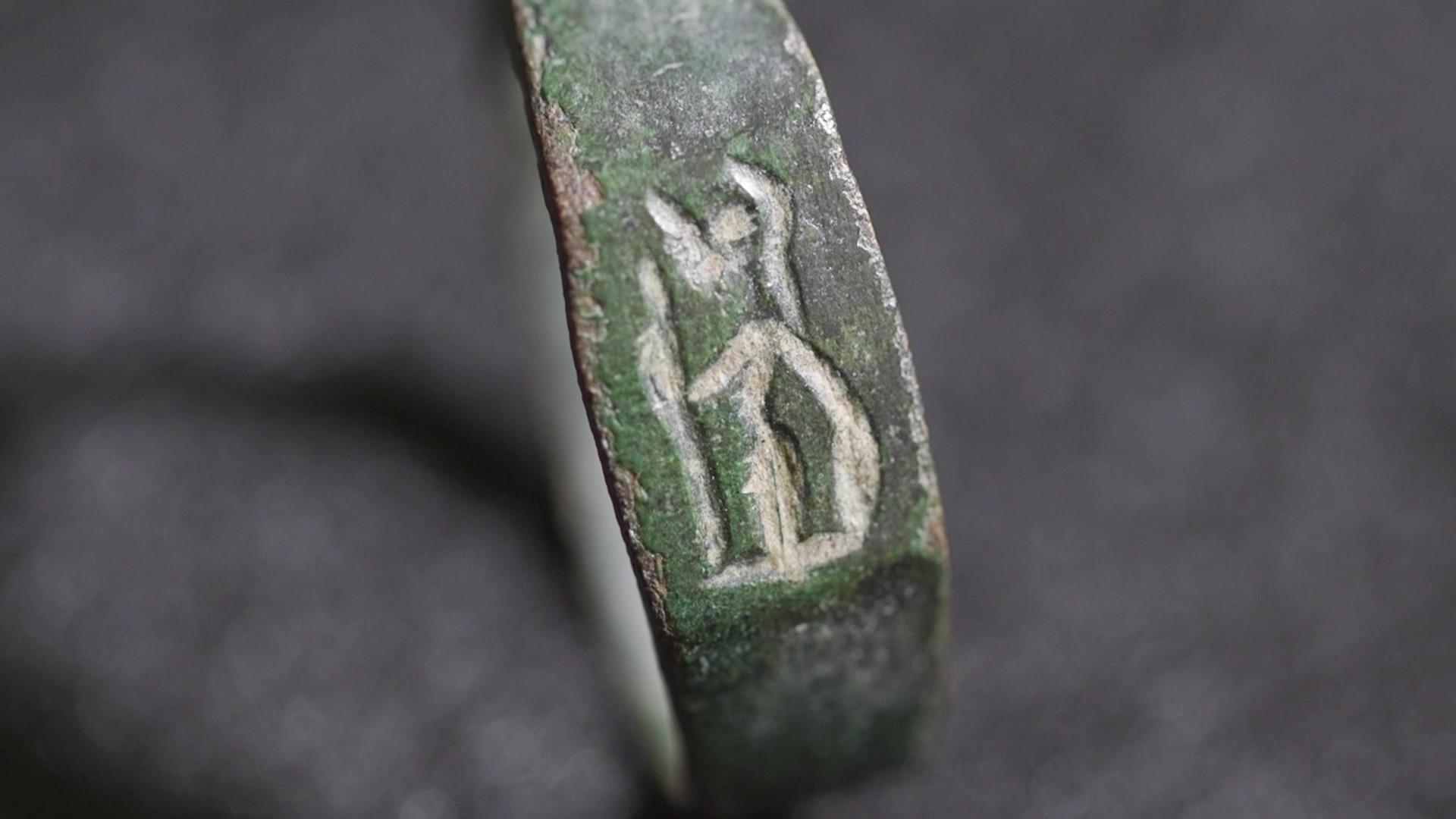
Source: Israel Antiquities Authority
Researchers theorize that the bronze ring likely belonged to a woman who lived on the farm during the Late Roman Period (200 CE to 300 CE). Another theory proposes it may have fallen from the hand of a person working in the ancient rock quarry nearby.
The Archaeological Site of Khirbet Shalala
The archaeological site of Khirbet Shalala lies on a hilltop almost right in the center of the Carmel Mountains, not far from Ein Alon, which would have served as a vital source of water for the ancient inhabitants.
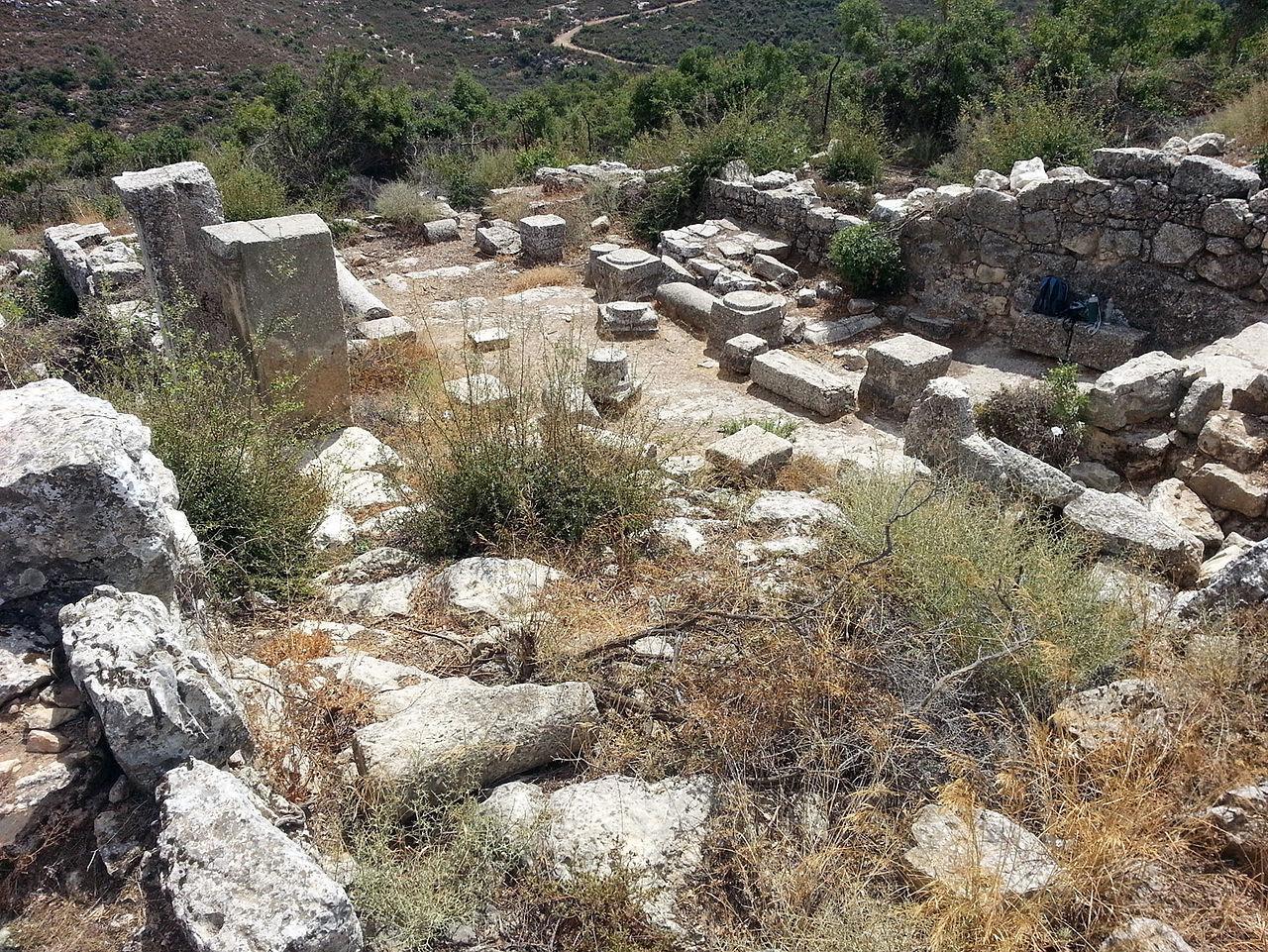
Source: Wikimedia
The site was first documented and explored during the 19th century by Palestine Exploration Fund surveyors, which included the famed Israeli archaeologist Prof. Ruth Amiran.
Bronze Ring Provides Valuable Insight on the Roman Presence Near Khirbet Shalala
Distelfeld and Dr. Klein suggest that the young teenager’s recent discovery provides researchers with valuable information on a Roman presence near the site of Khirbet Shalala.
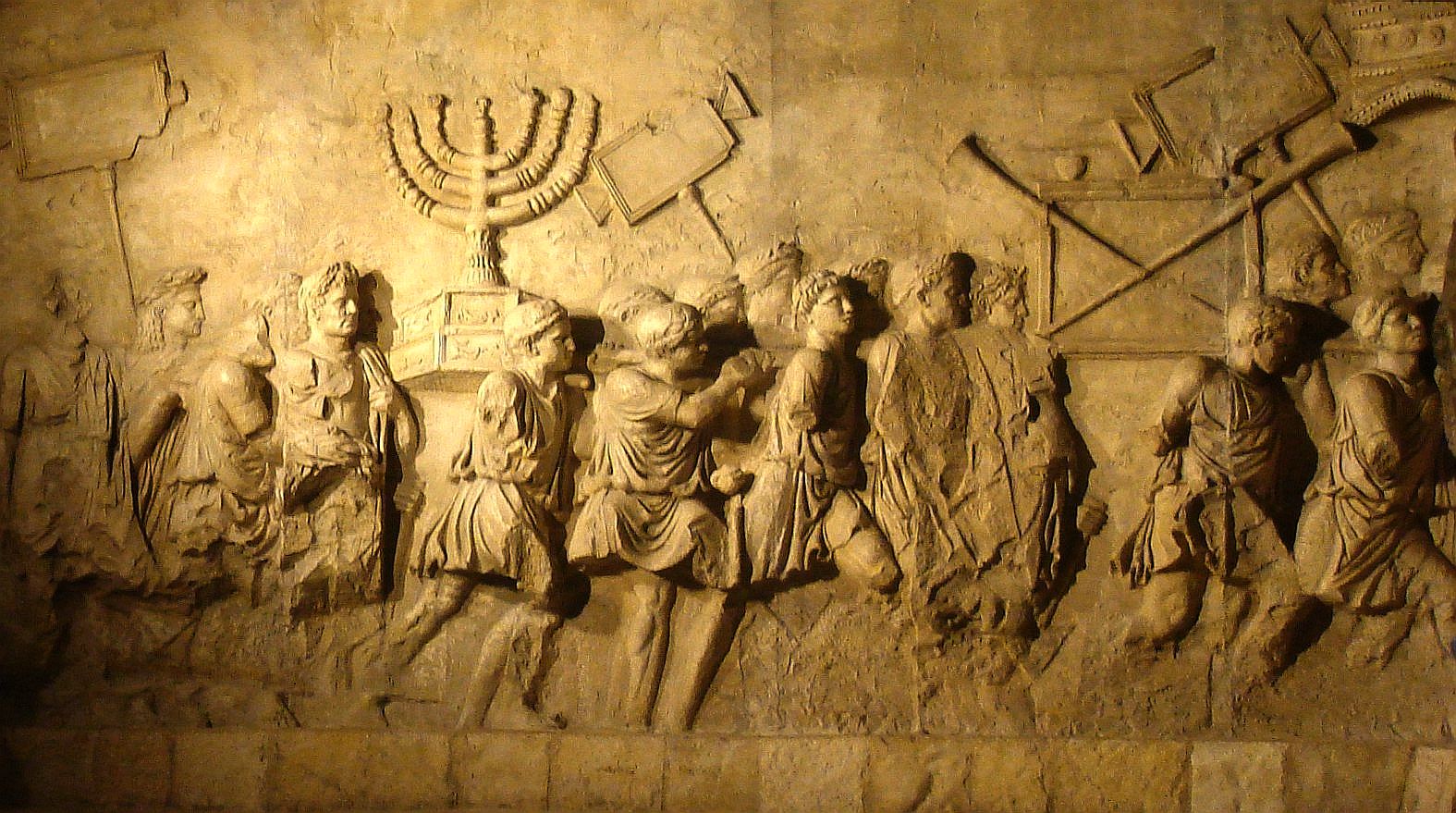
Source: Wikimedia
“The ring now connects to data gathered here in earlier excavations and surveys and sheds additional light onto this site,” they said.
